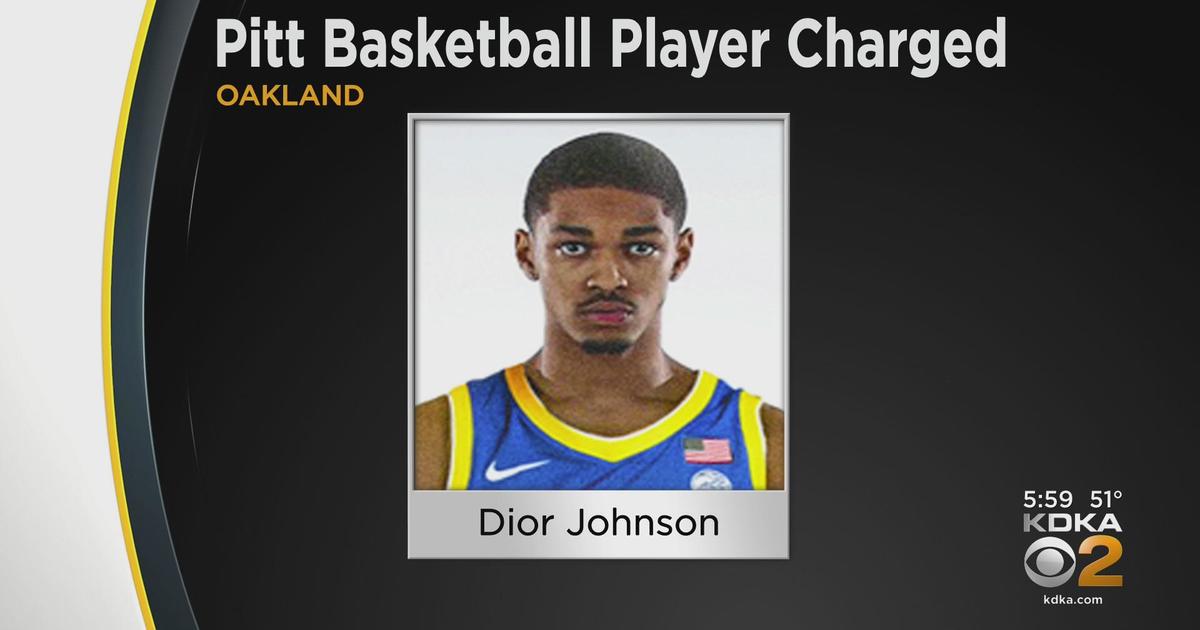

“But how? How do we win? How do we fix this?” “They say winning cures everything,’’ says one prominent booster. Figuring out how the Panthers got here, though, is just the start. To unwind the tangled ball of yarn that is Pitt basketball takes some doing, and there is plenty of blame to go around. It takes as many bad decisions to ruin a program as it does good ones to establish it. Much like a program renaissance, a plummet does not happen overnight. “It’s hard to believe it’s the same program.’’ “It breaks my heart,’’ Cook says forlornly. That’s the number Pomeroy assesses to the Panthers’ home-court advantage, ranking it 177th in Division I. Maybe the most telling number of all, though, is this one: 3.0. If he’s right, it will mark their fifth consecutive losing season, their longest run of fealty since the mid-1960s, when Bob Timmons fought the school’s stringent admissions requirements to start a team at the then-private school. They are 7-10 and Pomeroy predicts just one win, against Georgia Tech with a narrow 52 percent chance at victory, for Pitt from here on out, eyeing yet another season-end skid despite a historically anemic and beatable ACC. John’s, was quickly snuffed by a final-minute loss to Notre Dame and another at Louisville, and another bright spot - that last-second win against Boston College - dulled by a 16-point rout at the hands of struggling Syracuse.

The slight ember of hope, ignited by a final-bucket win against St. Five of their last seven losses were by five points or fewer, three of them one-point, last-second defeats snatched from the jaws of victory. They continue to find inventive ways to lose. 163, has them sandwiched between South Alabama and Indiana State, at the lowest spot among all ACC teams. 213 in adjusted offensive efficiency, per ), or a terribly good defensive team (No. The Panthers are not a good offensive team (No. To look at Pitt basketball now is to see a team flailing in search of itself. Pitt basketball did not merely have success or tradition it had an identity. Maybe they didn’t quite shatter backboards a la Jerome Lane, but DeJuan Blair, Brandin Knight, Levance Fields, Carl Krauser and company played with the same attitude. First Ben Howland and then his successor, Jamie Dixon, mined the New York playgrounds and the Northeast corridor for players who brought the same attitude to the basketball court. Yinz don’t care much for style points just get the job done. That lunch-pail mentality seeped into the pores of Pittsburgh’s soul. Pittsburgh is a place built on the backs of its steelworkers, the folks who clocked in each morning and chased the hard work with a shot, a beer, Myron Cope and the Steelers.
#Pitt basketball pro
It’s always tough to be a college program in a pro town, but people here, they loved Pitt basketball.’’ “It throbbed, there was so much energy in there. The best,’’ says longtime Pittsburgh Post-Gazette columnist Ron Cook. The locals loved Pitt, too, embracing a basketball team to which they could relate. But it wasn’t just the students who filled the place. From 2001 through 2014, the Panthers averaged 26 wins to just eight losses, their postseason appearances a practical lock and dotted with Sweet 16 trips and an Elite Eight appearance. They came because the product in front of them was worth watching.

Gifted some of the best seats in the building, the students returned the favor by regularly turning the house into a rager. The Oakland Zoo denizens sat not just behind the basketball stanchions, but along the sideline across from the benches. Once the Pete counted as one of the better home-court advantages in college basketball, its raucous atmosphere built around its student section. Any win these days - no matter the skill of the opponent or the chaos to the finish - will do, and as the fans ambled out into the frigid night, they seemed more like survivors than winners. It was as cathartic as it was celebratory. Bickerstaff on a layup with 13 seconds remaining, allowing BC to cut a four-point deficit to one - the crowd shared a collective groan.Īs time expired, Boston College’s Makai Ashton-Langford missed an off-balance layup, and a cheer went up from the crowd. The Panthers hadn’t won a game in four tries, and when they threatened to give this one away - John Hugley fouling T.J. No doubt the numbers were thinned by winter break and a surge in COVID-19 cases, but the biggest turnstile repellant was the losing. Yet inside the Pete, an announced crowd of just 7,876 (capacity: 12,508) greeted the Panthers, and the student section was nearly vacant. This was a game against a bottom-tier ACC team that, at the time, hadn’t won a road game in 23 months.


 0 kommentar(er)
0 kommentar(er)
